 Colored vinyl records
Colored vinyl records
5 great audiophile grade turntables under $2000
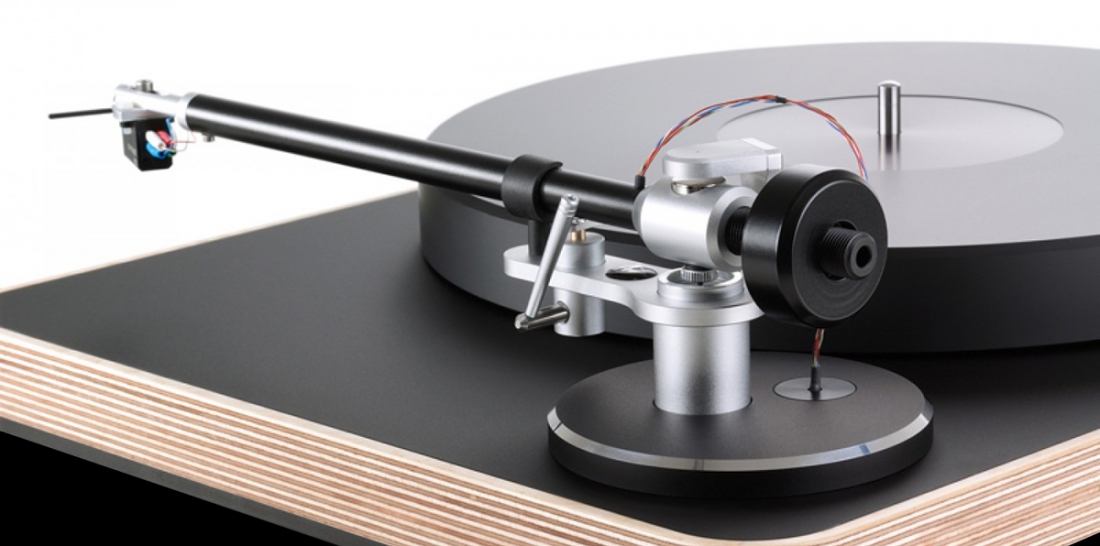
Clearaudio Concept
German company Clearaudio has been producing quality analog products for over 30 years, receiving several design and audio awards throughout the years. The Clearaudio Concept turntable is their latest and most successful turntable model to date, and also the most affordable. It has a refined, elegant design, incorporating technology usually found in high-end turntables, combining ease of use with outstanding sound quality.
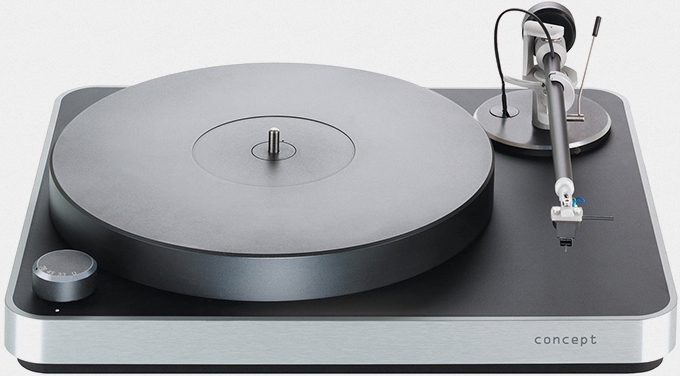
The Concept's "resonance-optimized" plinth is constructed using a core of natural medium-density fiberboard (MDF), coated with a layer of synthetic compound, and beautifully wrapped in a brushed aluminum frame, which surrounds the black chassis. Sitting on three adjustable spiked feet to provide a level-playing surface, this composite of materials gives the plinth a modern look, while eliminating the effects of unwanted vibrations.The belt drive unit is a plinth-decoupled DC motor with low noise bearings, fed by an external voltage-stabilized power supply. Speed is selectable via a 4 position knob on the left front corner of the plinth, with settings for Off, 33, 45 and 78 RPM. The 30mm thick, high-mass Delrin platter sits on a plastic subplatter assembly and is spun on a steel and Teflon bearing system.
The Concept turntable comes with a unique 9.42" Verify tonearm, developed by Clearaudio. It features a friction-free magnetic bearing technology, an innovative arrangement that functions like a unipivot but with better stability and handling qualities. The turntable can be purchased with or without a pre-mounted Concept MM or MC cartridge, specially developed by Clearaudio. If you choose a complete setup with the pre-installed cartridge, all you need to do to enjoy your music is to unpack, place the platter on the spindle and connect the power. All critical parameters like alignment, tracking weight and anti-skating are pre-adjusted for best performance before the turntable leaves the factory. If you install a different cartridge, you can also adjust all the usual parameters: offset and overhang, vertical tracking angle, tracking force, azimuth and anti-skating. The knob for adjusting the anti-skate is under the turntable, at the base of the arm. The tonearm system also features a smooth cuing mechanism and the turntable comes with a separate spirit level to set the deck level properly. Although the table does not include a dust cover, one is available from Clearaudio at an additional cost.
Music Hall MMF-7.3
Founded in 1985, Music Hall is one of the leading U.S. importers and distributers of affordable high-end audio components. Their MMF turntables are manufactured in the Czech Republic, in a factory that has been making turntables for over 50 years, including Sumiko’s Pro-Ject ones. The MMF-7.3, standing in the upper range of the company's turntable lineup, is a 2-speed belt driven audiophile turntable, employing Music Hall's unique dual-plinth construction.

This distinctive design isolates the turntable's key sound producing components (platter, main bearing, tonearm, and cartridge) on the top platform from the feet on the bottom platform, thus the surface of the supporting shelf. The two platforms of the plinth are separated by four sorbothane hemispheres, which provide suspension and effective vibration dampening. The bottom layer has three adjustable tip toe feet and come with a set of small anti-scratch cups that prevent marking of the surface on which the turntable sits. For proper leveling, a spirit level is also incorporated on the top platform. The MMF-7.3 comes in a high-gloss piano black lacquer finish, with removable high-quality molded-plastic dust cover.
The 15 volt DC motor with 33 and 45 RPM electronic speed change controls, rests on its own damping platform in a cutout, completely decoupled from the plinth and is located in the front left corner of the turntable. Placing the motor diagonally opposite to the arm base reduces any vibrations caused by the belt from entering into the cartridge. The turntable comes with a non-resonant acrylic platter with the belt running round its perimeter. The precision stainless steel main bearing is sheathed in Teflon for noise-free, fluid operation. A screw-on record clamp and felt mat are supplied as standard.
The MMF-7.3's 9" one-piece low-mass 'Project Carbon' carbon fiber tonearm is light, rigid and non-resonant. It allows for a very shallow tracking arc across the spinning record, helping to reduce distortion. The counterweight’s center of gravity is level with the stylus tip and is also decoupled from the arm to act as a resonance damper. The bearings are made from hardened stainless steel points set in sturdy ring cages. The arm also has adjustable VTA, a damped arm lift and highly flexible internal wiring drawn from high purity copper. The turntable comes with a highly regarded Ortofon 2M Bronze ($440) moving-magnet cartridge that has been properly mounted and aligned.
Pro-Ject RPM 5 Carbon
Well known for its reasonably priced turntables, Pro-Ject Audio Systems recently updated their popular, mid-level RPM series. The new RPM 5 Carbon, designed to replace the award-winning RPM 5 turntable, maintains the unmistakable "teardrop" shaped design of its predecessors and adopts new innovative techniques from its bigger brother, the RPM 9 Carbon.
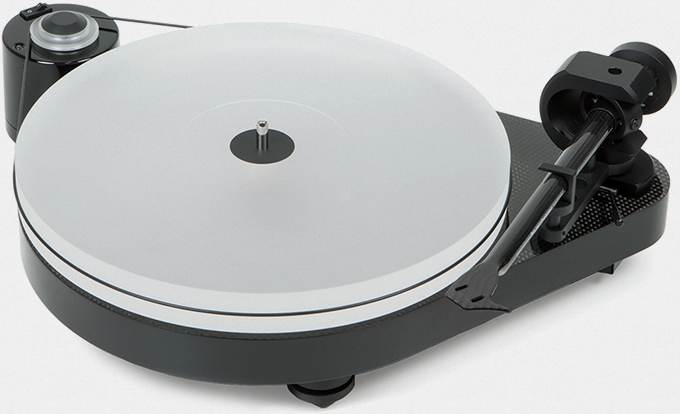
As the name suggests, carbon fiber material was used and not only for a tonearm but also for the deck. Its base is made of MDF, that features additional metal weights that focus most of the turntable's weight around main bearing. The plinth is designed to reduce resonance levels, and is covered in carbon fiber that also acts as anti-vibration element due to its very good damping properties. It also holds a new inverted platter bearing with ceramic ball to further reduce rumble. The whole plinth sits on top of three adjustable spiked feet with anti-scratch cups to help reduce resonance. The Pro-Ject RPM 5 Carbon is available in 3 exclusive high-gloss finish versions: black, red and white.
While the RPM 5's motor was integrated in the chassis, the new Carbon model has a fully-detached one, a feature borrowed from the RPM 9 and 10 Carbon editions. The 15V AC motor is placed outside the plinth, inside a heavy housing with additional steel base, on small silicone feet. This is smoothly driven using an ultra-precision AC generator with DC power supply built into the motor housing, delivering a "smooth and consistent rotation". On the top of the motor housing there is mechanical on/off switch and a blue LED, and features a two-step pulley for speed change. Unfortunately Pro-Ject still doesn't offer an electronic controller for it. The thick, acoustically inert platter is machined from a large piece of acrylic. Its low-tolerance chrome-plated stainless-steel spindle runs on a Teflon bearing plate in a sintered bronze bearing housing, with the main bearing dampened by a central metal block giving optimum centre of gravity.
The turntable features a classy 9" 9CC Evolution conical, one-piece carbon fibre tonearm with TPE-damped counterweight. The solid armbase allows for accurate height adjustment of needle azimuth despite the fixed headshell, whilst the armlift itself is silicone damped and can also be adjusted to suit the working height of the arm. The tonearm's flexible high-purity copper wires are terminated to a junction box with gold plated phono sockets. A quality set of RCA interconnect cables are also supplied in the box.
Rega RP6
Rega is an established hi-fi audio equipment manufacturer and is well known for producing one of the best British turntables for over 30 years.Part of Rega's RP range which replaced the classic P series, the multi award winning RP6 turntable is a step up from the innovative RP3, incorporating many advanced features, and provides a cleaner, much better performance.
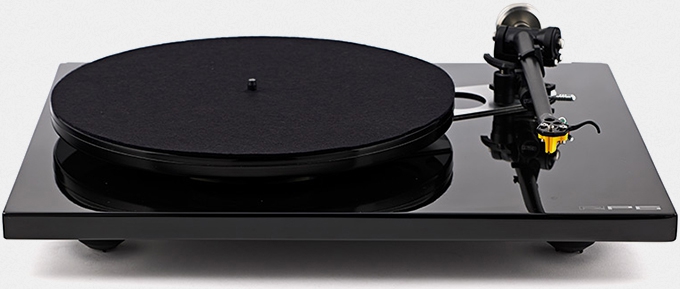
At first glance, it resembles the Rega RP3, having the same elegantly minimalist design, but the RP6 comes in a range of high gloss piano finishes, including black, red, orange, green and white. It has a plain, super lightweight rectangular MDF plinth with a double brace mounted between the main hub bearing and the tonearm base, increasing rigidity between these key points. Rega refers to this as "stressed beam assembly" and consists of one phenolic sheet fixed to the bottom, and another similar looking aluminum brace with O-shaped cutouts connecting the components on the top of the plinth. In order to reduce the amount of vibration reaching the turntable, the plinth is supported by three aluminum+rubber feet in tripod configuration, and are borrowed from Rega's top of the line P9 model. Like all Rega turntables, the RP6 comes with a hinged, beautifully finished clear dust cover, which can be easily installed or removed.
The high specification, 24v twin phase synchronous motor with built-in anti-vibration circuit is controlled by Rega's TTPSU external power supply which also doubles as speed control. This compact unit, which was an optional accessory to the RP3, adding $395 to its price, is a standard component of the RP6. Hand tuned in factory to each individual turntable's motor, it uses a high stability, crystal locked, low distortion sine wave generator, and is completely un-affected by any changes in the mains/line voltage and conditions. It provides lower noise, greater stability and the ability to select between 33 and 45RPM playback with the push of a button, instead of having to remove the platter and belt for speed change.
The RP6 features an innovative, layered 16mm thick flywheel platter constructed from float glass. This is a technique wherein a sheet of glass is created by floating molten glass on a bed of molten metal, typically tin in order to create a perfectly flat surface as well as a high uniformity of thickness. This two piece platter consists of thinner main platter and a thicker and heavier outer glass ring permanently bonded to the underside of the main one, using a "complex and labor-intensive" invisible UV curing-bond technique. The added weight to the platter's outer circumference, increases its natural flywheel effect improving speed stability, accuracy and consistency. Rega have also optimised the subplatter assembly. As opposed to the all-plastic part on the RP3, this features a phenolic resin subplatter topped with a machined aluminum "hub adaptor" (or "cap") which has 6 tiny raised contact points. This six point mounting system that comes in contact with the underside of the platter further ensures the flattest possible surface for records to spin on.
The hand assembled RB303 tonearm included with the RP6 is a fine-tuned upgrade to the iconic RB300, and was designed using the latest 3D CAD and CAM technology. The new lightweight cast-aluminum arm tube has increased rigidity to the bearing housing, arm carrier and headshell. Also an intelligent redistribution of mass reduces the number of resonant points. The high precision, upgraded bearing assembly and a stainless steel counterweight ensures extreme stability with almost friction free movement. Unlike many high-quality tonearms, the RB303 doesn't have vertical tracking angle (VTA) adjustment, Rega claiming that fine-tuning of VTA doesn't significantly affect sound quality, and including the adjustment would reduce the arm's rigidity. The Rega RP6 can be purchased with a factory fitted Exact moving magnet cartridge, Rega's top-of-the line model, which normally costs $599 - so you save a hundred bucks and time seeting it up if you buy the complete package (recommended).
VPI Scout 1.1
VPI Industries Inc. is a high-end audio manufacturer founded in 1978 by Sheila and Harry Weisfeld. Their very first product was a record weight that came in two different sizes, followed by the introduction of a turntable isolation base. VPI's first major product, which is still in production, but in an improved form was the HW-16 record cleaning machine introduced in 1981. The introduction of the Aries, Scout and then Scoutmaster turntables brought the company into new areas of business and manufacturing, and increased sales. All VPI products are built in the United States in Cliffwood, New Jersey using American made parts, even if they are more expensive than foreign components.
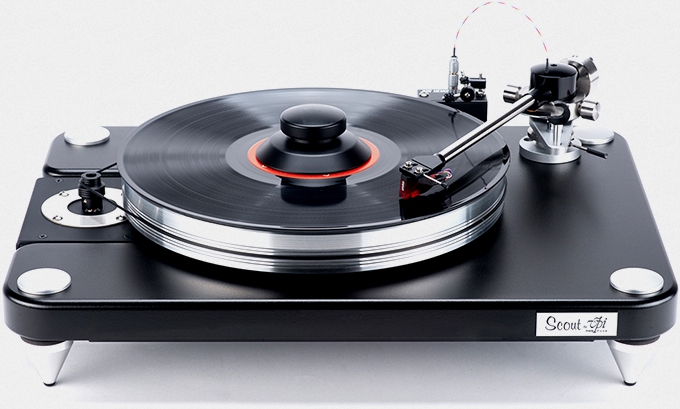
The new VPI Scout 1.1 turntable is the successor of the original Scout, with significant improvements to the platter, main bearing and tonearm. It features all elements you could want in a high-end audiophile turntable. Similar in design and appearance to the original, the new version's chassis is made from 1-1/8"-thick slab of MDF bonded to a 12-gauge steel plate on the bottom, giving the unit more stability and dampening qualities. The Scout 1.1 comes in a black only finish and it sits on four threaded, rubber tipped conical feet.
Contained in a separate steel housing, the 600 RPM AC synchronous motor is placed into a dedicated cutout on the left side of the plinth. It is the same Hurst 5.5-watt model that VPI has been using in the past decades, and drives the platter via an Aries belt ensuring smooth and quiet operation, providing excellent speed control. The Scout is the cheapest VPI turntable to features an independent motor unit. The white frosted acrylic platter found on the previous Scout turntable has been now replaced with a massive 5.8kg, 1 3/8"-thick 6061 aluminum one, differentially damped via a solid-steel plate bonded to its base. VPI has also upgraded the main bearing, the platter is mounted to an oil bath bearing by a number 2 Jacobs Taper. The bearing mechanism that was first developed for the Traveler turntable, contains a PEEK thrust-disc and graphite impregnated brass bushings - using a Thompson Engineering 60 Rockwell case hardened shaft. The platter is topped by a Traveler record mat which excels at damping further resonances.
The Scout 1.1 comes with a 9" version of VPI’s JMW Scout stainless/alloy unipivot tonearm, with an anodised black and polished silver two-tone finish. The JMW-9T tonearm has an ultra-low friction bearing mounted onto a solid stainless steel rod with a knurled ring to set the vertical tracking angle (VTA). Essentially, the tonearm comes in two sections, the armboard and lower bearing assembly that slips into a pre-drilled mount on the plinth, and the upper housing and arm wand. As with the more expensive JMW arms, the wand assembly can be removed and replaced in seconds allowing instant cartridge changes with multiple arm wands. The JMW-9T uses the same geometry and mounting as the Rega RB300 tonearm and can be dropped right into the Rega armhole with no modifications. The wires from the tonearm plug into a connector block mounted on the top back of the plinth, which allows any RCA-terminated interconnects to be used, and also includes a ground post for wiring the ground to the preamp. The tonearm partially depends on VPI's trademark anti-skate method, relying on tension in the exposed twisted arm wires that loop from the arm to the RCA junction box. Also, VPI has added a traditional nylon thread and weight to provide added force.


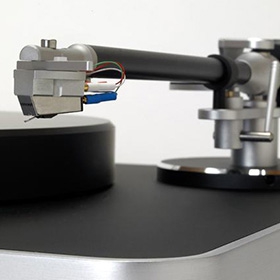
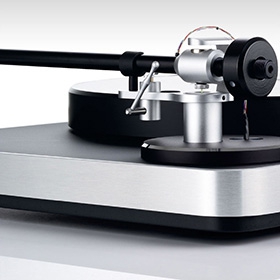
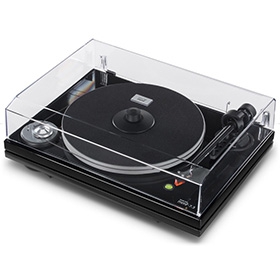
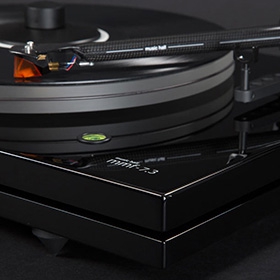

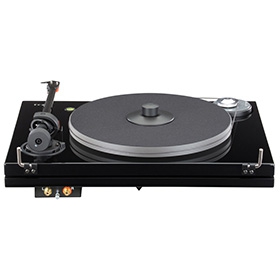
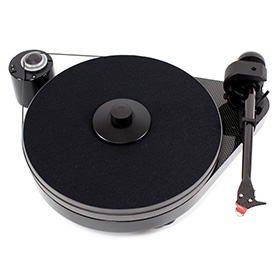
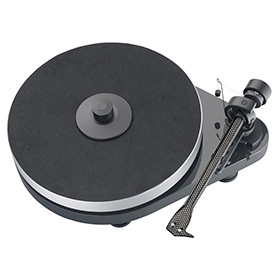
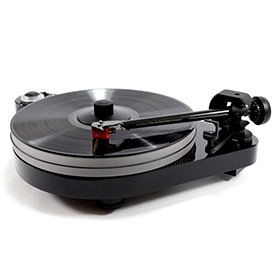
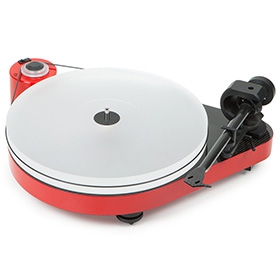



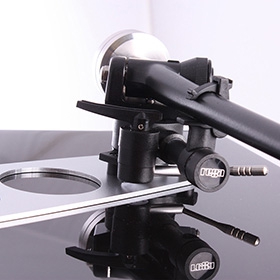

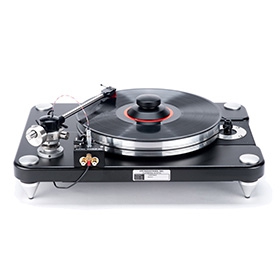
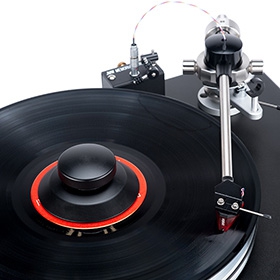

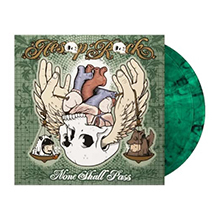 Aesop Rock
Aesop Rock
 Public Enemy
Public Enemy
 Notorious B.I.G.
Notorious B.I.G.
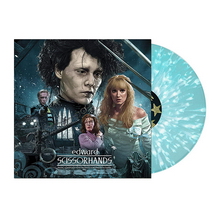 Danny Elfman
Danny Elfman
 Solange Knowles
Solange Knowles
 of Montreal
of Montreal
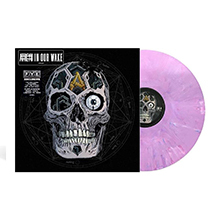 Atreyu
Atreyu
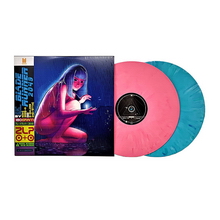 Hans Zimmer
Hans Zimmer
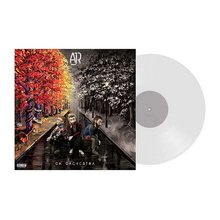 AJR
AJR
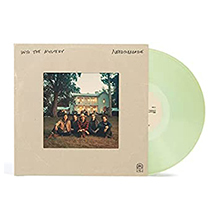 Needtobreath
Needtobreath